PROACTIVE FARMING,
SOIL HEALTH & BIODIVERSITY
Registration opens
Breakfast with Sponsor Scavenger Hunt
Official Welcome: Charles Krug’s Peter Mondavi Jr. and Napa Green’s Anna Brittain
RISE Leadership Award TEDTalk
Break
Asking the Critical Questions Forum: Is Regenerative Ag Our Future?
Closing Thank You from Will Drayton, Napa Green Board Member
Catered lunch & Wine
Thank you to our exclusive event sponsor Lallemand Plant Care.
Lallemand group decided in 2006 to put its knowledge and technological assets in microbiology and fermentation for the agricultural world. And so was born the Lallemand Plant Care business unit, which has since grown significantly through the acquisition of companies specializing in plant bio protection and bio fertilization.
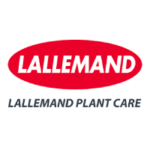
Two parallel workshops. Choose 1.
This workshop will elucidate the critical importance of soil health and biodiversity, beginning with Dr. Nick Madden of Vineyard Soil Technologies, and leading expert in “reading” your vineyard’s underground brain and understanding and leveraging soil analysis, providing the foundation for informed vineyard management and development. Charlie Dubbe will walkthrough how Agrology’s predictive technology takes monitoring to the next level, tracking real-time soil carbon fluxes and multiple data inputs across air, canopy, and soil – delivering actionable insights and predictive alerts for challenges from frost to heat waves to smoke taint. Eric Mayer of Napachar will share the value of flame-cap kilns to provide low-smoke and low-emissions wood waste processing AND develop biochar, offering a dual climate solution: cleanly processing pulled vines and fuel thinning while creating a powerful soil amendment that stores carbon for centuries while improving water retention and nutrient delivery.
Action Opportunities:
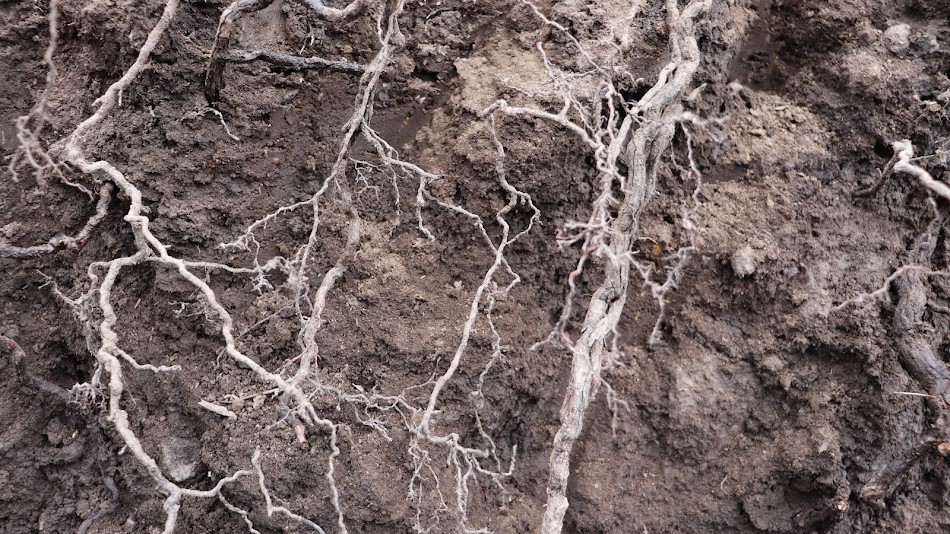
Dr. Nicholaus Madden is a soil scientist who started working part-time for Vineyard Soil Technologies in 2013 and joined full-time in October 2017. Nicholaus has a Bachelor of Science degree in Hydrology, a M.S. in International Development, with an emphasis in Agronomy, and a Ph.D. in Biogeochemistry. Nicholaus was a U.S. Peace Corps volunteer from 1997 to 1999, and served as an Agricultural Extensionist in Honduras focusing on soil conservation. After receiving his Ph.D. in 2010, Nicholaus worked for seven years managing USAID (United States Agency for International Development) agriculture projects in the Middle East and Central Asia for UC Davis. Before joining Vineyard Soil Technologies, Nicholaus was Chief-of-Party for a USAID project in Afghanistan focused on rebuilding the Afghan agriculture extension system.
At Agrology, Charlie leads regenerative partnerships and business development. With real-time, continuous soil respiration and carbon flux monitoring, Agrology allows the soil to speak, facilitating a more robust dialogue between farmers and their soil microbiomes. This empowers farmers to tie their practices to real-world soil health outcomes, and optimize their regenerative programs within their unique context. When not thinking about plants or soil life, you are likely to find Charlie surfing, kayaking, or hiking in the mountains around his home in Santa Cruz, CA.
Two parallel workshops. Choose 1.
During RISE 2023, Napa Green raised funds to provide matching grants for growers & vintners to implement regenerative and climate smart practices. Join Chimney Rock Winemaker Elizabeth Vianna and Walsh Vineyard Management CEO Tim Rodgers as they share insights and outcomes of trialing three herbicide-free approaches: sheep grazing, undervine mowing, and weed knife technology. Vianna will share thoughts on the importance of phasing out herbicides for soil health, terroir, and ultimately wine quality.
Leveraging nature-based solutions is critical to reducing or eliminating synthetic pesticides. Also joining the workshop is agroecologist Tommy Fenster, sharing the results of recent research on the environmental and economic benefits of vineyard sheep integration, and Dr. Matthew Johnson, Professor at Cal Poly Humboldt, sharing ongoing research on how bluebirds and owls support natural pest management.
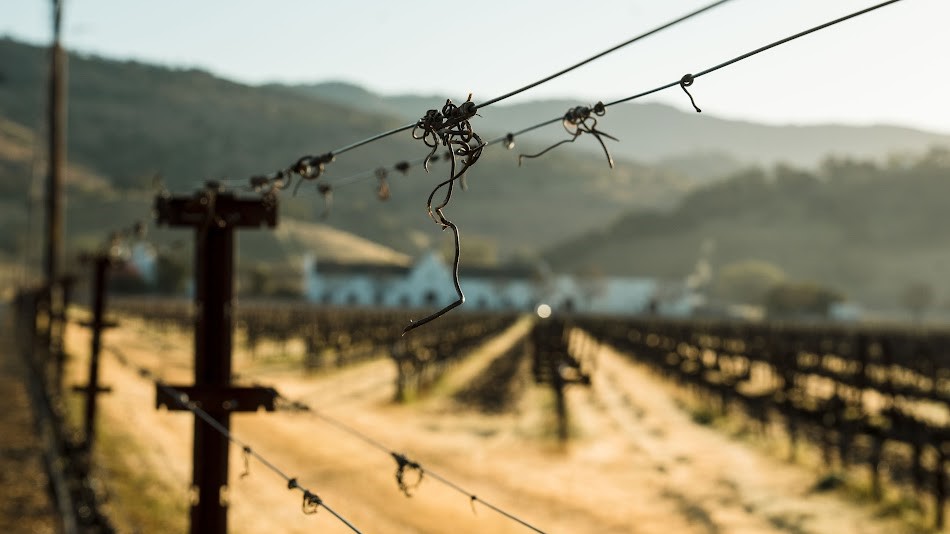
A native of São Paulo, Elizabeth Vianna spent her early years on a bi-cultural journey moving from Brazil to the United States and back again several times. These early years of travel led her to appreciate and continuously explore what connects us as humans across different cultures such as food, wine, music and art.
Vianna was named to the position of Assistant Winemaker at Chimney Rock in January 2002, and advanced to the position of Head Winemaker in April 2005. In 2011 she was promoted to General Manager of Chimney Rock, and she continues in her role as Head Winemaker at the Stags Leap District estate winery. During her tenure at Chimney Rock, she has consistently produced wines that have been highly rated among critics and highly valued among consumers.
A staunch advocate for sustainability and the legacy of the Napa Valley, she has long served as board member and twice as President of the Stags Leap District Winegrowers Association. Today she serves as a board member of the Napa Valley Vintners and is also a member of the inaugural cohort of the 2021 Napa Valley Vintners Leadership Program.
As one of the few Latina winemakers in Napa Valley she is a strong advocate for women and minorities in the wine industry and formalized her mentorship with Batonnage, a non-profit organization in 2023 When she is not walking vineyards or making wine, you will find her immersed in music or hiking with her husband and Labrador Molly somewhere in the Bay Area.
Since 2017 Tommy has been conducting research quantifying the potential ecosystems services provided by regenerative agriculture, with carbon sequestration, biodiversity, and the impact of regenerative management on profitability key aspects of his research. His background spans field experience from working with over 100 different farming operations to advanced modeling and producer/stakeholder engagement. Tommy earned his MS in Biology from Cal State East Bay in 2021, working as a researcher with the Ecdysis Foundation, the Oikawa Lab at Cal State East Bay, and the Lawrence Berkeley National Lab. His research focused on regenerative management in commercial almonds orchards and using eddy covariance to compare carbon fluxes in working rangelands with and without compost applications. Tommy is currently a PhD Candidate (graduating 2025) in the Horticulture and Agronomy Program at UC Davis, working as a researcher with the Gaudin Agroecology Lab and the Ecdysis Foundation. The goal of his PhD research is to rigorously evaluate the environmental and economic outcomes of integrating sheep grazing on commercial vineyards with different management legacies along the conventional-regenerative gradient.
Featuring Chris Renfro, Founder of The Two Eighty Project
Join visionary Chris Renfro for an inspiring exploration of how viticulture can transform communities and create pathways to wine industry inclusion. Through The Two Eighty Project, Renfro is reimagining San Francisco’s relationship with urban agriculture and wine, turning public spaces into hubs of opportunity and learning. Discover how their Viticulture Fellowship Program, in partnership with Steve Matthiasson and UC Davis, is opening doors for underrepresented communities through hands-on education and paid apprenticeships. Learn how this groundbreaking model connects sustainable farming practices with social equity, demonstrating how the wine industry can grow stronger by growing more inclusive.
Action Opportunities:
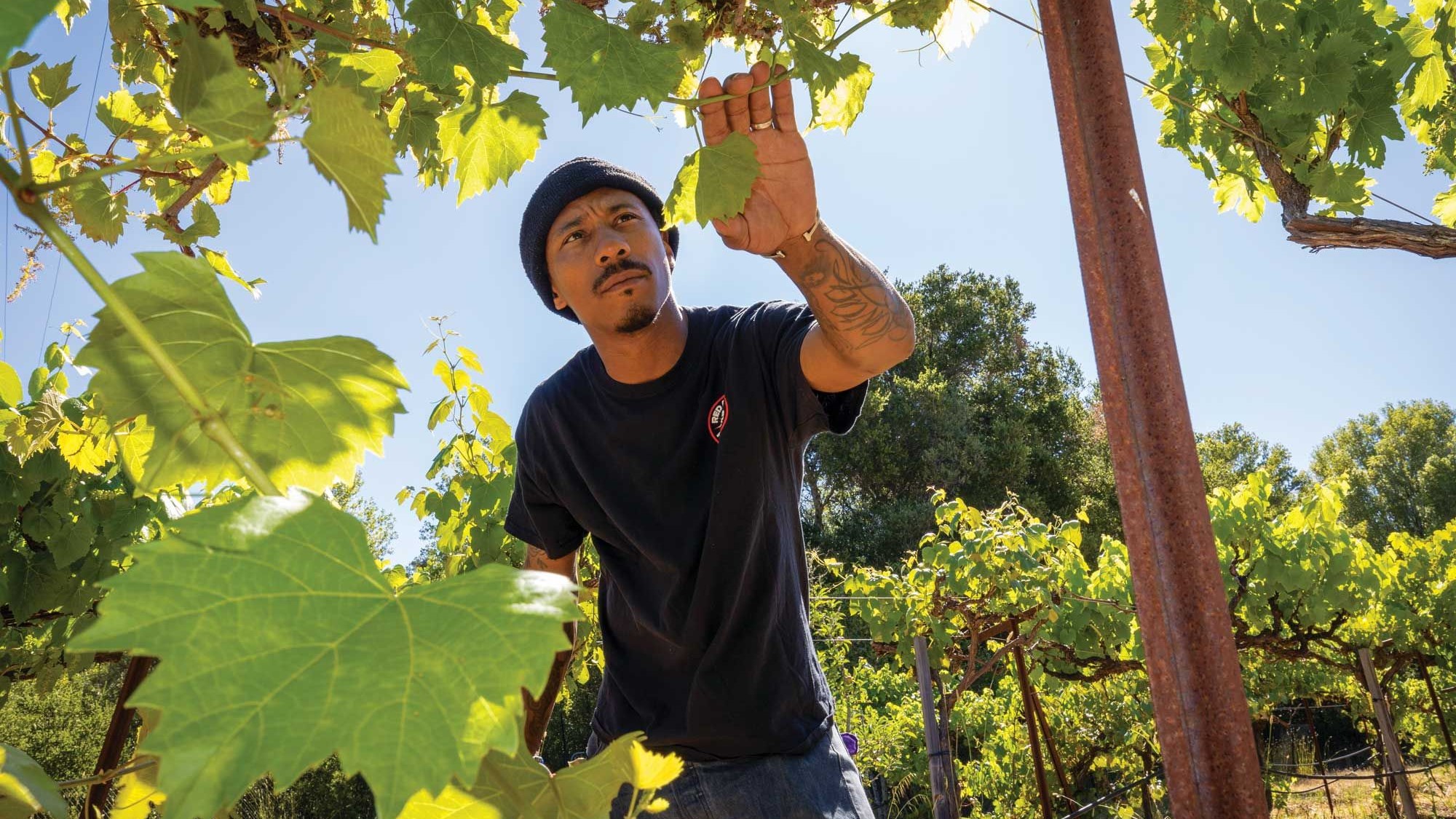
In 2019, Christopher and Jannea founded The Two Eighty Project to increase equity and diversity within the wine industry — and access to the spaces occupied by it. They began their work at Alemany Farms, a public park in San Francisco, originally dedicated to giving inner-city individuals the space to practice urban community gardening. As the nature of the space, industry, and city have grown increasingly exclusive, it’s become increasingly urgent to reclaim and revitalize them for the local community.
The Two Eighty Project is dedicated to building a sustainable food and wine community that nourishes every member of the local economy and ecosystem.
Join three leading voices sharing comprehensive evidence for regenerative agriculture’s ability to improve soil health, farm resilience, and store carbon. Dr. Jonathan Lundgren reveals insights from the unprecedented 1000 Farms Initiative, which has already documented regenerative outcomes across more than 1,280 farms since 2022, and shares farm-level results, including economics and net profitability, back to agricultural communities to inspire change. Dr. Kimberly Nicholas will share the results of a recently published study that quantified soil carbon sequestration rates across seven key regenerative practices in vineyards and croplands, finding that all seven practices effectively increased carbon sequestration, and that stacking these practices may further enhance carbon storage. Caine Thompson brings it home with remarkable results from Robert Hall Winery’s side-by-side trial of regenerative and conventional viticulture, from higher soil water content to dramatic reductions in peak canopy temperature to improved wine quality. Together, these leaders demonstrate how regenerative practices are yielding measurable benefits, including financial benefits.
Action Opportunities:
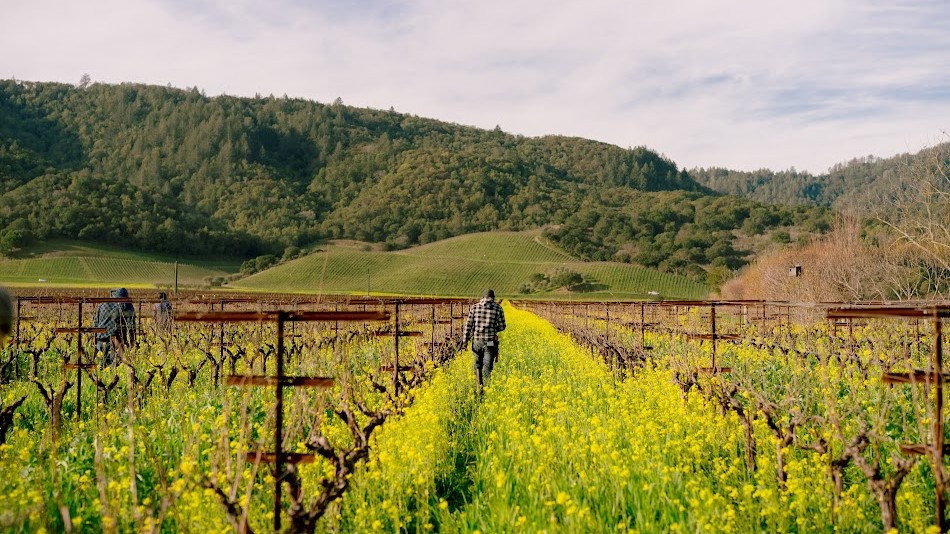
For the past 15 years, Ben has been designing and implementing regenerative farming systems in a variety of ecosystems. A New Englander by birth, Ben fell in love with agriculture in the verdant fields of northern California in high school. Ever since, Ben has been managing farms, improving soils, and educating the next crop of environmental stewards with a holistic view of farming with natural systems. No stranger to Napa, he previously lived on Mt Veeder, where he fell in love with the oak and madrone woodlands and made friends with the local ravens. When Ben is not helping Napa’s vineyards adopt 21st century practices, he is spending time with his impressive wife and two wild children in the woods and on the water. Ben currently occupies Nisenan Territory and is a proud alumnus of Sterling College in Northeast Vermont, where he received a BA in Sustainable Agriculture.
Dr. Lundgren is an agroecologist, Executive Director of Ecdysis Foundation, and CEO for Blue Dasher Farm. Lundgren’s research and education programs are helping applied science evolve in ways that foster the evolution of a regenerative food system. He regularly interacts with the public and farmers around the world regarding ecologically intensive farming and how biodiversity fuels the resilience and productivity of an agroecosystem and rural communities.
Caine Thompson, Head of Sustainability for O’Neill Vintners & Distillers and Managing Director of Robert Hall Winery has cemented his industry leadership in sustainable winegrowing and operations throughout his wine industry career.
In 2017, he joined Rabble Wine Company and as President (prior to O’Neill’s acquisition in 2021), he led the brand with the Earth in mind. Several of these sustainability programs he started continue at Rabble today through Caine’s direction at O’Neill (1% for the planet). He also initiates and implements green practices, leading the charge for sustainable certified for 200+ growers (15,000 acres) on behalf of the entire O’Neill organization. Since joining O’Neill Vintners & Distillers in October 2020, Caine has developed and launched a regenerative viticulture case study that will impact wine farming practices for years to come, which has now evolved to 1,000 in conversion to regenerative organic.
Lallemand group decided in 2006 to put its knowledge and technological assets in microbiology and fermentation for the agricultural world. And so was born the Lallemand Plant Care business unit, which has since grown significantly through the acquisition of companies specializing in plant bio protection and bio fertilization.
Agrology is a leading climate tech start-up and Public Benefit Corporation with a mission to help farmers adapt to and beat climate change with real-time analysis and predictive insights. The Agrology platform consists of climate and carbon monitoring systems, both based on ground-truth data and machine learning. The Agrology Climate Monitoring System delivers predictive insights and warnings, up to three days in advance, for wildfire smoke taint, extreme weather, soil conditions, pest and disease emergence, and irrigation. Agrology’s Carbon Monitoring System tracks soil carbon sequestration in real time, quickly detecting carbon loss via carbon dioxide emission events. Agrology customers include Braga Fresh, The Duckhorn Portfolio, Boisset Collection, Dana Estates, Emeritus Vineyards, Jordan Vineyards and Winery, Joseph Phelps Vineyards, Langtry Farms, Lawrence Vineyards, Mission Hill Family Estate Winery, Renteria Vineyard Management, Signorello Estate, Silver Oak Vineyards, and numerous specialty farms. Agrology is the winner of two highly selective National Science Foundation SBIR Awards, a 2023 WINnovation Award, and is a recipient of a USDA Partnerships for Climate-Smart Commodities grant. Agrology has offices in Alexandria, Virginia, and Sonoma, California, and can be found online at Agrology.ag.
Amos is becoming the benchmark in autonomous electric tractor production and sets the stage for the future of using technology and engineering across multiple platforms.
What’s the buzz about?
For decades we’ve known that cover crops improve soil fertility and break disease cycles. However, the list of benefits and uses just keeps growing: improved water infiltration, enhanced nutrient cycling, reduced soil compaction, better water holding capacity, weed suppression, nutrient cycling, water quality protection, excess N sequestration, erosion prevention, biodiversity enrichment, pest control, pollinator habitat support. All this and good looks too!
At Buzz Seeds we believe that all cover crop mixes should support pollinators. That’s why we design our mixes to maximize floral resources. We work closely with local natural resource experts to make sure that none of our seeds will become problem weeds.
Revolutionizing agriculture with USDA-certified innovation: vine ties that feed your soil instead of poisoning it. Traditional PVC ties contaminate farmland for generations – but our breakthrough technology transforms completely into living soil. This isn’t just about replacing toxic materials – it’s about turning waste into wealth for your soil. Every tie becomes part of your land’s future fertility, creating a new standard where agricultural materials work in harmony with nature.
Experience the power of farm supplies that build soil health instead of destroying it. Your choice today shapes the legacy you leave in your soil for generations to come.
The Monarch Joint Venture is a national partnership dedicated to conserving monarch butterflies and other pollinators. Since 2008, the MJV has brought together partners from across the United States in a unified effort to conserve the monarch migration. This diverse partnership includes federal and state agencies, other nonprofits, community groups, businesses, and academic programs that work together to implement science-based conservation actions in the form of education, habitat, and science. These actions are organized in a regularly updated Monarch Conservation Implementation Framework, which serves as a framework to guide conservation planning for individuals, partners, and other interested stakeholders nationally.
Napa Recycling is the recycling, compost, and garbage service provider for the City of Napa and southern Napa County, as well as the operator of the award-winning Napa Recycling & Composting Facility. Recycling and composting help save resources, energy, and money. They keep materials out of the landfill, provide jobs, combat climate change, and “close the loop” through the creation of new products out of recycled materials. Through Napa’s convenient recycling, composting & waste reduction programs, we all work together towards the ultimate goal of Zero Waste.
Napa RCD empowers the community to voluntarily conserve, protect, and restore natural resources in a landscape that supports agriculture, urban areas, and wild lands. We provide technical assistance, educational programs, monitoring programs, and funding sources to help land managers meet their conservation goals.
Wild Farm Alliance was established by a national group of wildlands proponents and ecological farming advocates who share a concern for the land and its wild and human inhabitants.
In the year 2000, we came together to discuss how humans don’t have the right to farm nature out of existence, but rather the responsibility to be conservationists and stewards of that wildness.
Bringing wild connectivity across farming landscapes is the work of Wild Farm Alliance.
Napa Green is a global leader in sustainable winegrowing, setting the highest bar for sustainability and climate action in the wine industry. Napa Green facilitates systematic soil to bottle certification for wineries and vineyards, and provides the resources, tools and connections to continuously level up leadership. In 2021, Napa Green was the first sustainable winegrowing program in the world to redevelop Vineyard certification standards to focus on climate action, regenerative carbon farming, and social equity. In 2022, Napa Green and community partners launched a first of its kind, six-event Climate & Wine Symposium (Napa THRIVES now RISE) with over 65 speakers and 600 total guests.
Wow, we really did it y’all! As we rest & recover from that monumental undertaking, we reflect for a moment on the incredible community of the brightest & most compassionate minds that came together to make this happen at such a pivotal time.
From the bottom of our hearts at Team Green we cannot thank you enough, nor adequately put into words how much it all means.
Keep working, keep speaking up and keep fighting for what is right. We stand tall next to you. #rise
📸: @briana_marie

We thoroughly enjoyed this beautiful conversation between @abrittain, @cathycorison & @gracecorisonmartin about the heritage & horizon of regenerative farming in Napa Valley. Thank you to all of our wonderful speakers that joined us at RISE 2025!
📸: @briana_marie

On our final day of RISE 2025 we were fortunate to have an impactful conversation with @drreneelertzman & @finn.does concerning the mental & emotion cycles of the environmental work we all do. The how and why of what motivates our work is as important as the work itself.
If you missed this beautiful conversation please know that we have professionally recorded all sessions at RISE and will announce how to view them.
We offer a sincere and deeply felt thank you to both of these amazing speakers for joining us today.

In our current climate, RISE has meant more than ever. As we head into our final day today of Climate Action & Regenerative Farming, we want to take a moment to thank our visionary founders, @abrittain & @reyeswine.mw.
Thank you for the countless hours you’ve put in, the bravery to raise your voices, the vision to use your platforms meaningfully and for the beautiful community we’ve built together. Here’s to you! 🥂
We’ll see you all today at RISE Climate & Wine Symposium.
📸: @briana_marie

Incredible keynote from the one and only @realwolfofwine!
Catch him tonight at @statelineroad_smokehouse in Napa!
#wine #hiphop #wineandmusic #winestyle #winewinewine #winelife #winebar #winewriter #winespeak #wineandculture #dei #socialjustice

Who else has loved being greeted by these smiling faces the past week of RISE? 🙋♀️ Thank you @mp_egan39 & @marisataylorwines, you make our days a little brighter with your welcoming energy! ☀️

Thrilled to welcome you all to our Social Justice, Diversity & Inclusion Day! Still two more days to go after this. Be sure to grab your tickets!

Our final three events kick off tomorrow at 1:00pm AFTER the CIA Summit! Come hear from the @realwolfofwine, @nikki_silvestri and many more luminaries as we enter our first afternoon session! Stay for our first RISE Happy Hour & Snacks afterwards.
There are still tickets available at the link in our bio and you can use code RISE10 to join!
See you tomorrow 🥂

Stand out speakers and stand out quotes at RISE Proactive Farming, Soil Health & Diversity Day..
“Nature responds quickly if you let her” - @cainethompson
“25% of the population is enough to create a tipping point for regenerative agriculture.” - @profkimberlynicholas
“It starts with a single step!” - @cainethompson
“We have to connect with the problems we want to solve” - Dr. Jonathan Lundgren
“Farmers are stewards of not just land, but life!” - Dr. Jonathan Lundrgen
📸: @briana_marie

Today was moving. We had many inspiring & stunning moments at RISE. Yet this photo captures the soul of it perfectly. Nature, balance and the deeply riveting beauty in regenerative farming. Thanks for being with us today all for another full house.
THANK YOU to our incredible photographer @briana_marie for capturing this, and seeing our world in the thoughtful, informed and compassionate way that you do.

We are giving away very special prizes this year and we’re excited to congratulate our first winner: @mbvescovi!!
Don’t skip out on the chance to win at the Sponsor Scavenger Hunt today at Proactive Farming, Soil Health & Diversity Day!

Copyright (c) 2025 Napa RISE. All Rights Reserved. | Mission | Media Inquiry | Social Kit | Sponsorship Inquiry | Contact